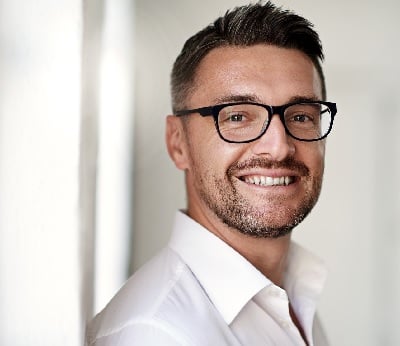Today, shipyards are essentially forced to meet delivery dates, and do so in the most optimal way. Mastering complex processes and systems thus becomes an important challenge. In fact, automation and software are already determining the complexity of a ship. The shipyard must work very closely with the supplier of a higher-level monitoring and control system. Ultimately, this total system integrator has a key function during commissioning. The integrator is required to make changes as well as perform the integration test on board. Work is sometimes only possible with one job being performed right after the other, and the working hours are generally more expensive than those in the workshop. For their part, shipping companies must now concentrate on their core business, the mapping of a global logistics chain, unlike ever before. If they need data from their ships, they rely heavily on the integrator who provides the ship's integrated monitoring and control system. Changes in subsystems, such as the bunker system or the boiler, mean that the boiler supplier has to come aboard, for example. In addition, the integrator must also enter the additional variables or measured value ranges into the higher-level system.
The boiler supplier, as an example of any sub-system manufacturer, must be permanently involved in the extensive coordination with many monitoring and control system manufacturers to ensure a viable and standard-compliant visualization of the boiler circuits. If there is any doubt, even the regulation of subsystems will be performed at the management level.
How can DIMA work for the ship?

Increasing Complexity Requires New Solutions
To this end, WAGO has worked together with Germany's Helmut Schmidt University in Hamburg and the Dresden University of Technology to develop the DIMA concept for process engineering. DIMA covers the requirements mentioned above and currently flows into the VDI/VDE 2658guideline and the NAMUR NE148 recommendation. At the heart of the method is the Module Type Package (MTP) for services and information. It describes the exchange of information via OPC UA. Service orientation is ensured by an IEC61512-standardized state machine. The visualization is described in the subsystem by means of AutomationML (Markup Language) and is thus functionally identical in the local control as in the machine control room or on the bridge. Only the representation follows the design of the respective manufacturer.
Tests on a model plant of process engineering showed that plant commissioning is possible within 2.5 minutes. In the case of conventional commissioning, this would otherwise have taken several working days to adapt the control system. The positive experience in process engineering and the broad manufacturer support in the field of automation lead to the assumption that the advantages of service-oriented software used in automation can also lead to efficiency improvements in shipbuilding.
Author: Dipl. Wirtsch.-Ing. (TU) Norman Südekum, Head of Industry Management Ship Technology at WAGO Kontakttechnik GmbH & Co. KG
